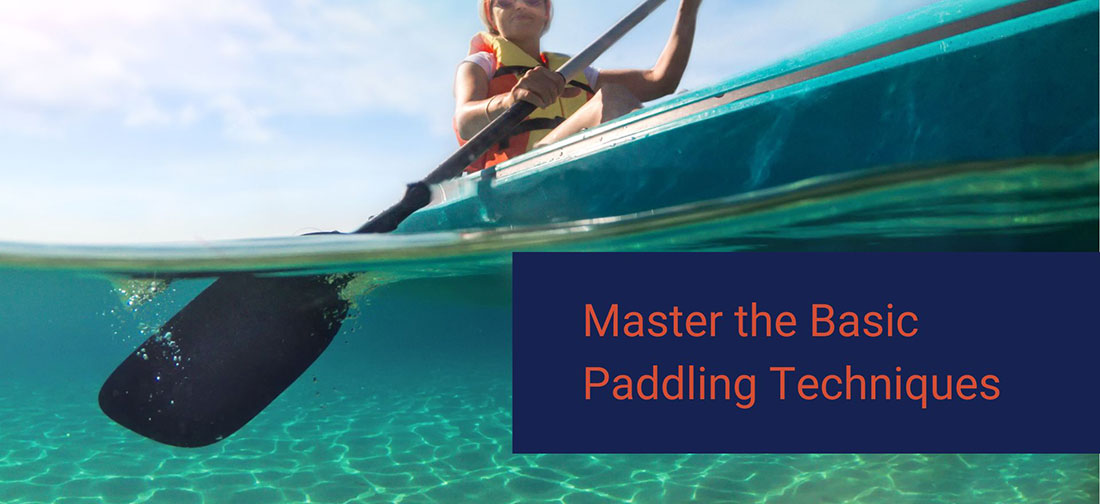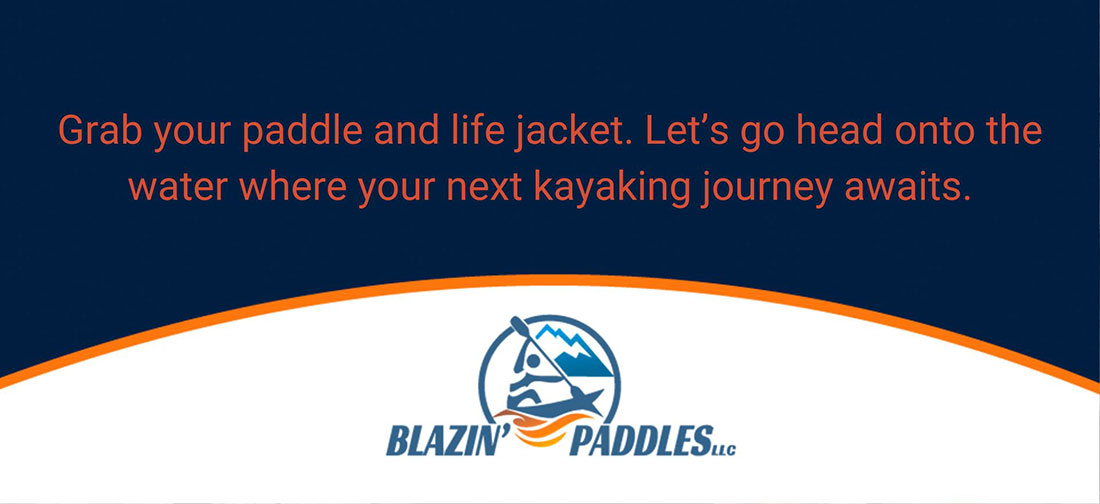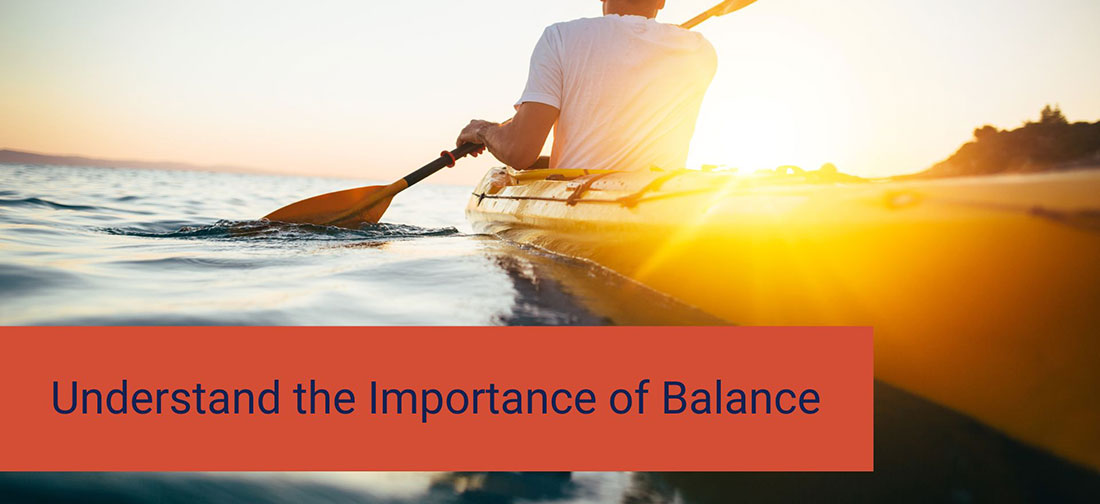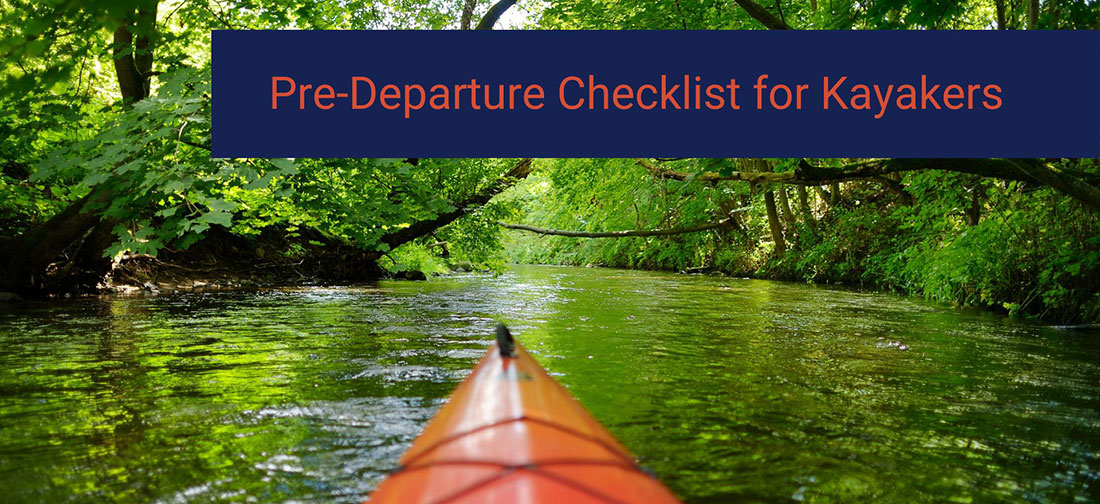How to Kayak Like a Pro: 10 Tips for Beginners
Embarking on your kayaking journey can feel like stepping into a new realm where each stroke propels you deeper into the embrace of nature. It’s an activity that offers serenity, adventure, and a full-body workout, all while skimming across the water’s surface. But to truly enjoy kayaking and progress from beginner to pro status, you must arm yourself with the right knowledge and skills. Here’s a comprehensive guide on kayaking like a pro, even if you’re just starting out.
1. Select the Right Kayak
The first step in your kayaking adventure is choosing the right vessel. Kayaks come in various shapes and sizes, each designed for different water environments.
- Recreational Kayaks: Day or leisure kayaks. Stable and easy to control. Perfect for calm waters and ideal for beginners.
- Touring Kayaks: Sea kayak, built for distance and speed, suitable for long excursions on open waters.
- Sit-on-top Kayaks: Decked kayaks are great for warm climates and easy to get in and out of, which is a plus for beginners.
- Inflatable Kayaks: Pump air to blow up for convenient transportation and storage. In recent years, the canvas has improved in quality immensely.
2. Get the Right Gear
- Paddle: Ensure it’s the right length for your height and kayak width.
- Personal Flotation Device (PFD): Always wear a U.S. Coast Guard-approved life vest.
- Helmet: Necessary for whitewater kayaking or when navigating under low-hanging obstacles.
- Dry Bag: Keep your essentials dry and secure.
- Appropriate Clothing: Wear quick-dry fabrics and layer up for colder conditions.
3. Master the Basic Paddling Techniques
- The Forward Stroke: The bread and butter of kayaking, this stroke propels you forward. Rotate your torso as you paddle, and immerse each blade fully into the water for a powerful stroke.
- The Reverse Stroke: Used for slowing down or moving backward, this is essentially the forward stroke in reverse.
- The Sweep Stroke: This stroke helps you turn the kayak. A wide, sweeping motion with the paddle will rotate your boat.
- The Draw Stroke: When you want to move sideways, use the draw stroke by pulling water towards you.
Discover the full spectrum of kayaking strokes by visiting our informative blog post, Guide to Kayaking Strokes.

4. Learn How to Enter and Exit Your Kayak
Getting into and out of your kayak can be tricky. Practice in shallow water.
- Sit-on-top Kayak: Straddle the kayak first, then sit down.
- Sit-in Kayak: Place your paddle behind you for support, sit down in the cockpit, and then swing your legs in.
5. Understand the Importance of Balance
Balance is crucial in kayaking. Your core keeps you centered, so keep it engaged.
- Stay Relaxed: Tension will throw off your balance.
- Low Center of Gravity: Keep your weight low in the kayak for better stability.
- Even Weight Distribution: Keep your body weight evenly distributed to prevent tipping.
7. Practice Self-Rescue Techniques
Even the most experienced kayakers can capsize. Knowing how to get back in your kayak is essential.
- Tuck and Push: If you flip, tuck to the side, push off the bottom (if shallow enough), and come up for air.
- Kayak Roll: A more advanced technique where you use your body and paddle to right yourself without exiting the kayak.
8. Embrace Safety Measures
Safety should always be your top priority.
- Always Kayak with a Buddy: Especially as a beginner, don’t kayak alone.
- Inform Others: Let someone know your planned route and expected return time.
- Take a Course: A professional kayaking course can provide you with valuable insights and safety knowledge.
9. Plan Your Trip
Planning is key to a successful kayaking excursion.
- Start Small: Begin with short trips in calm, familiar waters.
- Know Your Limits: Don’t push yourself too fast; build your endurance and skill level over time.
10. Stay in Shape Off the Water
Kayaking is a physical activity that uses your upper body, core, and even legs.
- Core Exercises: Strengthen your core with exercises like planks and twists.
- Upper Body Workouts: Build endurance with rowing, pull-ups, and paddle simulations.
- Flexibility: Stay flexible with regular stretching or yoga to improve your range of motion.
Stewardship on the Water: Kayaking with Care
- Embrace the Leave No Trace Ethos: When you embark on a kayaking journey, embrace the wilderness ethic of leaving no trace. Pack out all your refuse to preserve the pristine nature of our waterways for fellow adventurers.
- Wildlife Consideration: Our rivers and lakes are home to countless wildlife species. As a visitor in their habitat, it’s your responsibility to watch from afar, minimizing your impact and ensuring that the natural behaviors of these creatures remain undisturbed.
Why did the environmentally conscious kayaker refuse to play cards?
Because they were afraid of leaving a “Flush” in the water! Remember, folks, what we bring on our kayaks, we take back. Let’s keep our rivers “full house” clean and wildlife undisturbed—play your best hand in preserving nature!
Pre-Departure Checklist for Kayakers
- Anticipate the Sky’s Mood: It’s crucial to consult the weather forecast before launching your kayak. Recognizing how shifts in the weather can impact your journey ensures you stay safe and enjoy your time on the water.
- Survey the Aquatic Terrain: Before you set off, familiarize yourself with the characteristics of the body of water you’ll be navigating. Take note of currents, depth variations, and any underwater obstacles that could pose risks during your excursion.
Essential Safety Gear: Don’t Forget Your Life Jacket
Prioritize Your Protection: Venturing onto the water? Make your life jacket your non-negotiable companion. It’s not just an accessory; it’s a lifesaver, ensuring that your kayaking adventure is as safe as enjoyable.
Transforming from a kayaking novice into a seasoned paddler doesn’t happen overnight. It requires the right equipment, practice, and a willingness to learn from each experience. By following these tips and embracing the learning curve, you’ll find yourself kayaking like a pro in no time, ready to tackle new waters and embark on grand adventures. So grab your paddle, don your life jacket, and head onto the water where your next kayaking journey awaits.



